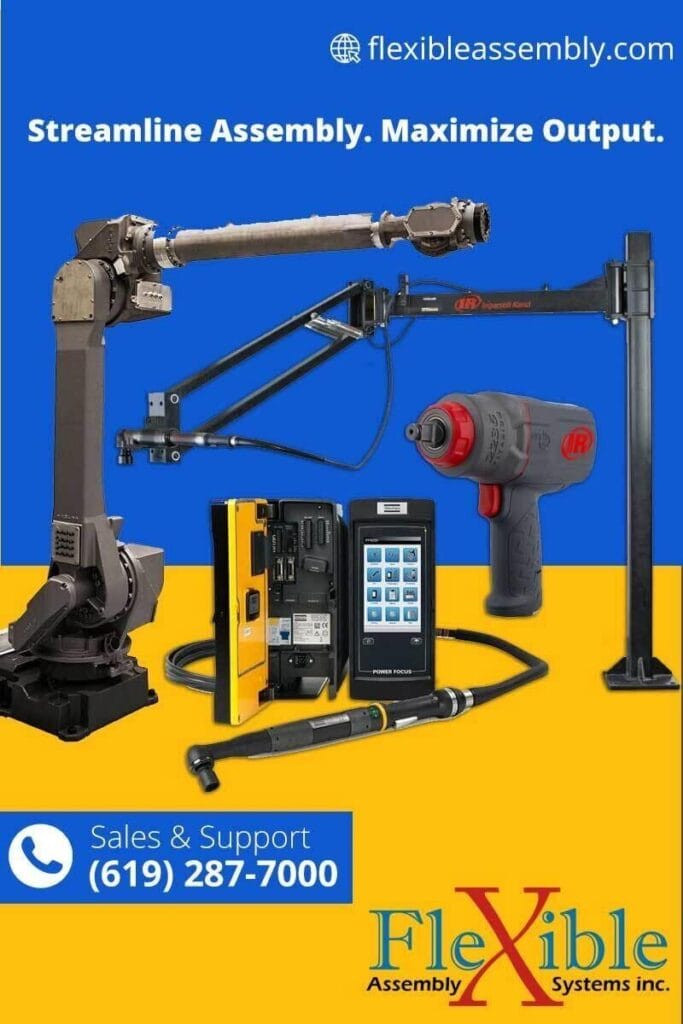Every shift your team rotates fasteners by the hundreds. Each turn adds force to wrist joints. Over days stress builds. Fatigue slows pace. Error rate climbs. A torque arm shifts tool weight off the wrist. A digital torque wrench records each torque value at the bolt. Together they cut strain and boost output.
This post walks through risk factors, gear function, setup steps, and best practice. You gain clear guidance to fit both devices and reach safer, error-free work.
The Toll of Torque Work on Operator Safety
Repetitive bolt turns cause tissue wear. Tendon strain shows as redness or pain at joint areas. Nerve pinch leads to numb digits. When injury appears productivity drops and absence days rise. Two key cost drivers stand out:
- Medical time and clinic fee per injured worker
- Output loss when tool stops at error or discomfort
A simple device swap yields swift gains in safety and quality.
How Torque Arms Reduce Joint Stress?
A torque arm locks tool recoil to a fixed point. Its role spans force transfer and tool support. No more wrist twist or tool weight jostles.
Torque Arm Anatomy and Mount Options
A pivot head holds the driver. Telescopic segments adapt arm reach. A mount fits ceiling rails, wall brackets, or floor stands. A tool balancer spring offsets driver weight. At each joint bushings allow crisp turn at limited resistance.
Key features:
- Pivot head clamp with tool quick-release
- Telescopic beam for reach up to six feet
- Counterbalance spring sized for 2–20 pound tools
- Mount clamps that grip standard rails or posts
Counterbalance Mechanism
A spring housed near the pivot pulls up with force equal to tool weight. It holds the driver at elbow height. When an operator moves the tool there is no abrupt drop or lift. The tool remains in place, hover at the target hole. No wrist strain from bulk or gravity.
Precision with Digital Torque Wrenches
A digital torque wrench delivers each fastener to exact force. It stops burn-out from too much torque and loose joints from too little.
Instant Feedback and Data Logs
Each pull on the wrench trigger sends torque data to its display. The bolt reads a pass or fail at the set threshold. A buzzer sounds. A light flashes. Data moves wirelessly to your shop server. There you audit every fastener run.
Key perks:
- Real-time alert at torque set point
- Data log with operator ID, timestamp, and torque value
- Error alert when run falls below or above target
Fit User Posture
A digital wrench feels balanced in hand. Its housing sits just above the grip axis. No lever pull or limp wrist at torque click. The tool prompts operator to stop the pull at the correct angle. Joints remain at rest.
The Power Duo: Safe Work Station Layout
Pair a torque arm with a digital wrench and you deliver force where it belongs—on the fastener, not the wrist.
- Map torque values per task
- Mount torque arm pivot above work cell
- Attach tool balancer spring set to driver weight
- Clip digital wrench to arm head
- Set torque target in the wrench profile
- Run tool to each fastener; get click or alert
- Watch data log for exceptions
Each pull stays at correct force. Each fastener meets spec. No wrist torque reaction hits the operator.
Ergonomic Best Practices to Boost Safety
Even with top gear follow smart habits at each station.
- Swap tasks every forty minutes
- Rest wrists with simple stretches at shift breaks
- Keep torso square to work area; avoid twist
- Set arm pivot height to user elbow level
- Use gloves with light grip pads; no thick palm layers
- Clear floor space to allow stance shift
These habits cut micro-trauma and keep focus sharp.
Why Choose Flexible Assembly Systems?
Flexible Assembly Systems crafts each torque arm with modular build blocks. You get precise match to your floor plan. Our digital wrenches pair with your calibration network. We test every device to ISO standard before it leaves our dock. You gain:
- Quick-attach tool clamps that lock firm
- Springs tuned to tool net weight
- Wrenches preloaded with your torque spec library
- On-site setup and operator briefing
- Three-year warranty plus annual recalibration
Fit our system and your crew avoids wrist strain. You see torque hits first pass and output climb.
Next Steps for Safer Work Stations
You can start today. List tasks with more than ten fastener turns per minute. Note each torque range. Call a Flexible Assembly rep for a free site survey. We chart mount points and run tool float tests. We deliver full kit and user guide. We train each operator on pivot axis and torque preset.
Run a pilot cell on one line. Track torque success rate and operator comfort. Compare error count and output per hour. You will spot payoff in days.
Your operators deserve tools that carry weight and record force. Pair a torque arm and digital torque wrench. Cut wrist load in half. Lift your quality numbers. Work safer, smarter, faster—without joint pain.


